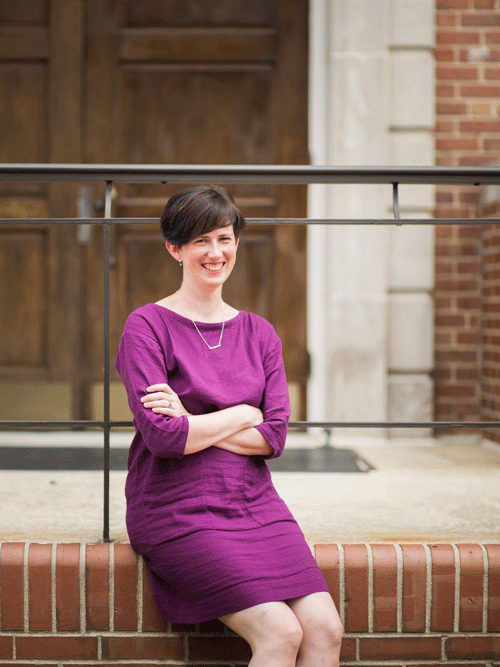The broad question that drives my research is how biological function emerges from structure and mechanics. A native North Carolinian, I was an undergraduate in the NC State Physics Department when my interest in the intersection of physics and biology was first sparked in the Weninger Lab. I then completed my PhD in Applied Physics at Stanford University, where, in the Spudich Lab, I modularly engineered myosin molecular motors to explain how molecular structure leads to mechanical function. After graduate school, I developed an interest in how biological macromolecules self-organize to generate force at the cellular, rather than molecular, length-scale. I joined the Dumont Lab at the University of California, San Francisco, where I probed physical forces present during cell division and their molecular basis by developing mechanical assays in live cells to target the architecture of the mitotic spindle, the machine that segregates chromosomes when cells divide.
I was thrilled to return to my alma mater in Fall 2017 as an Assistant Professor in the Department of Physics at NCSU. In my lab, we ask how molecular-scale cytoskeletal architectures self-organize to produce the cellular-scale function of the mitotic spindle. Our approach uses mechanical and molecular perturbations inside live mammalian and fission yeast cells to probe how microtubule architectures in cell division machinery generate force.
I’m also a member of the Quantitative and Computational Developmental Biology cluster. Collaboration and interdisciplinarity has always been central to my approach to science. I’m excited for my lab to take this opportunity to begin applying our tools to understanding how biological force scales not only from the molecular to the cellular level, but also between cells and across tissues.
